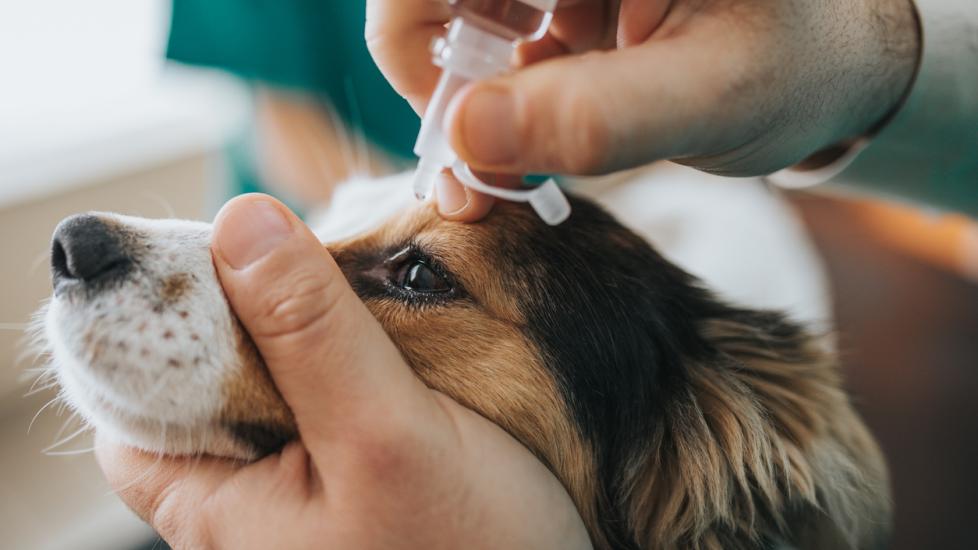Understanding Canine Conjunctivitis: Symptoms, Causes, and Treatment for Doggie Pink Eye
Lovingly gazing into your dog’s eyes is a simple pleasure that many pet owners cherish. However, when those eyes become red and watery, it can be a cause for concern. Conjunctivitis, commonly known as pink eye, is an inflammation of the conjunctiva—the thin membrane lining the eyelids and covering the whites of the eyes. In dogs, this condition can range from mild to severe, affecting one or both eyes simultaneously. Understanding its symptoms, causes, and treatment options is crucial for providing proper care to our furry friends.
Symptoms of Conjunctivitis in Dogs:
- Redness and swelling of the membranes surrounding the eyes.
- Excessive tearing or discharge, which may be clear, white, yellowish, or greenish in color.
- Squinting or pawing at the affected eye(s).
- Cloudiness of the cornea, indicating potential secondary bacterial infection.
Causes of Canine Conjunctivitis:
- Infection: Bacterial infections are common culprits, but viruses and fungi can also lead to conjunctivitis.
- Allergies: Environmental allergens such as pollen, mold spores, dust, or chemicals can trigger allergic reactions resulting in conjunctivitis.
- Dry Eye (Keratoconjunctivitis sicca): A deficiency in tear production can irritate the eye and lead to inflammation.
- Foreign Objects: Small particles entering the eye can cause irritation and subsequent inflammation.
- Immune System Disorders: Conditions like systemic lupus erythematosus (SLE) can manifest with symptoms including conjunctivitis.
- Trauma: Direct injury to the eye or eyelid can result in inflammation.
- Genetic Predisposition: Some breeds have a higher likelihood of developing certain types of conjunctivitis due to their genetic makeup.
Treatment for Doggie Pink Eye:
The treatment approach will depend on the underlying cause of the conjunctivitis. Veterinarians often prescribe antibiotics if a bacterial infection is suspected. If allergies are the root issue, antihistamines might be recommended. For dry eye conditions, artificial tears or other medications to stimulate tear production could be necessary. In some cases, topical steroids may help reduce inflammation, although they should only be used under veterinary guidance due to possible side effects. It’s important to note that self-medication is never advised; always consult with a veterinarian before treating any eye issues in pets.
Prevention Measures:
To keep your pup’s peepers healthy and avoid conjunctivitis, consider these preventive steps:
- Regular Checkups: Schedule regular visits with your vet to monitor your dog’s overall health, including eye exams.
- Allergy Management: Identify environmental triggers and take appropriate measures to minimize exposure (e.g., using air purifiers, limiting outdoor time during high pollen seasons).
- Hydration: Ensure fresh drinking water is available at all times to support optimal hydration and tear production.
- Tear Stain Removal: Use gentle products designed specifically for removing tear stains without irritating the eyes further.
- Protection from Sun and Wind: Consider sunglasses or protective eyewear for dogs exposed to strong sunlight or wind.
Remember, prompt attention to signs of conjunctivitis is key to minimizing discomfort and preventing complications. By maintaining close observation and seeking professional advice early on, you can help ensure your four-legged companion maintains bright, happy eyes throughout their life.
